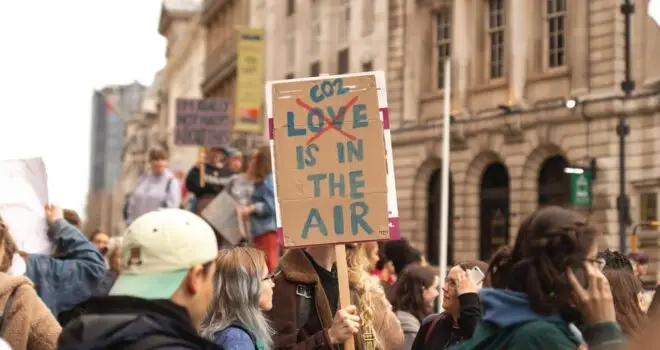This is a statement made at the 72nd Session of the WHO Regional Committee for the Western Pacific Region on climate change, environment and health.
Air pollution is one of the most important risk factors for heart attack, stroke, diabetes and respiratory diseases, and exposure to air pollution has also been linked with increased vulnerability to the more severe consequences of COVID-19. In 2019, an estimated 6.7 million deaths, or 12 percent of all deaths worldwide, were attributable to outdoor or household air pollution. As many as half of these deaths were due to heart disease and stroke.
However, progress in turning policy recommendations into concrete actions has been slow. Nine in ten people worldwide continue to be exposed to levels of air pollution above WHO Air Quality Guidelines. Those living in low-resource settings are especially vulnerable and disproportionately affected by the negative impacts of air pollution, which constitutes a major, and often increasing, threat to public health.
But there are many things we can do to reduce air pollution and the harm it causes to people’s health. The World Heart Federation has recently published a policy brief outlining the policies and investments supporting cleaner transport, energy-efficient homes, power generation, industry regulation, access to clean fuel and technologies, and better municipal waste management that can effectively reduce key sources of both indoor and outdoor air pollution.
Physicians, scientific societies, foundations, patient groups, and policymakers at the local, national and global level all have a key role to play in reducing the negative impacts of air pollution:
- Doctors can monitor their patients’ risk and advise them on measures they can take to reduce their individual exposure.
- Scientific societies, foundations and civil society organizations can advocate for measures to reduce air pollution and disseminate information to increase awareness of its negative impacts on people’s health.
- City mayors and local officials can expand low- or zero-carbon public transport, create emission-free zones, require and promote cleaner fuels for heating and cooking, enhance incentives and infrastructure to support walking and cycling, and establish city-wide air quality monitoring.
- At the national and global level, policymakers can work to implement air pollution policies that put health at the heart.
Through targeted patient interventions, key city-level infrastructure investments, and above all concrete policy action on an international scale, we can significantly reduce the negative impacts of air pollution on our cardiovascular systems and breathe a little easier for our hearts.


